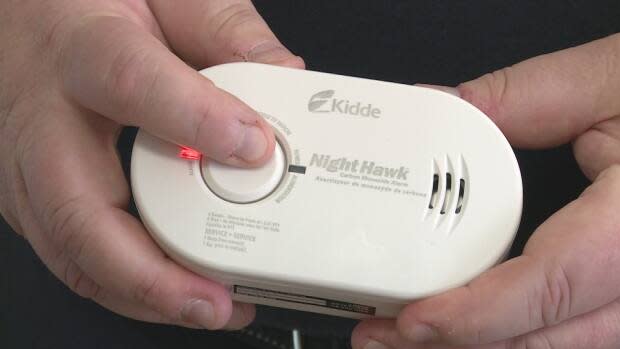Technical Safety B.C. warns of carbon monoxide risk in certain gas furnace models

Several makes and models of gas furnaces across the province have a design flaw that could lead to carbon monoxide exposures, warns Technical Safety B.C.
In a report, the safety authority which administers regulations for electrical and gas systems, says they have received multiple incident reports about a common product line of residential gas-burning furnaces by the Carrier Corporation.
Jeff Coleman, the director of risk and safety knowledge at Technical Safety B.C. says the furnaces use a part that's susceptible to corrosion or rusting, in turn leading to the production of carbon monoxide.
"Carbon monoxide is a very scary component," Coleman said on CBC's Daybreak South.
"Its effects can be masked by common symptoms like flu symptoms, and they can be quite debilitating and in severe instances, can lead to death."
He says an investigation began after eight people in B.C. were sent to the hospital from an exposure in their household.
According to the report, the affected products were manufactured between 1989 and 2011. Although production halted in 2011, the service says up to thousands of furnaces could be affected.
Coleman says these furnaces have a label printed inside that will identify the make, model and serial number to identify whether the furnace is one of the faulty ones. Technical Safety B.C. has released more information on its website about the specific furnaces that might be affected.
Carrier Corporation's furnace warranty does offer a replacement heat exchanger for affected furnaces, but the report found the replacements were found to have the same design and material deficiencies as the original components and also failed.
Carbon monoxide monitors essential
"In one case investigated, a new replacement heat exchanger failed within five years of the repair," the report read.
Carbon monoxide monitors are essential and shouldn't be limited to just one per house, Coleman explained. He says they should be placed in common areas and outside of sleeping areas in homes.
"It's also equally important that we prevent carbon monoxide from ever entering your home, and we do that by having these appliances serviced annually by a licensed contractor," he said.
Technical Safety B.C. says anyone who thinks their furnace may be affected is urged to call a licensed contractor to test for the presence of elevated carbon monoxide levels.

 Yahoo Movies
Yahoo Movies 